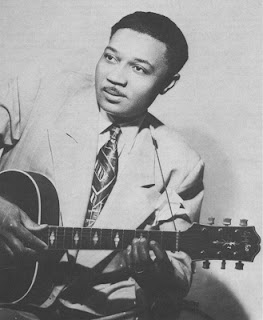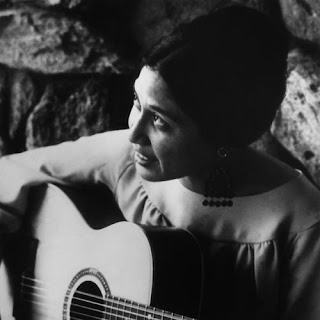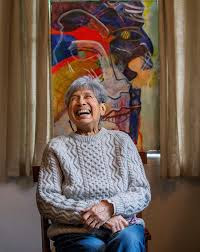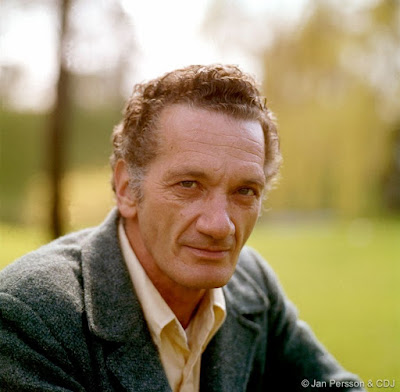Frank Weir (30 January 1911 – 12 May 1981) was a British jazz clarinetist, saxophonist and bandleader.
Frank Weir was born in Ton Pentre, Wales as Frederick Weir Willats. He served as an Army musician during the twenties. A gifted clarinettist and saxophonist, Weir played in several dance bands in London in the 30s. Among these were the bands of Jack Hylton, Ambrose, Sydney Lipton, Geraldo and Howard Jacobs.
In the 40s, Weir played in numerous bands including recording with the Six Swingers and also played with the then relatively unknown George Shearing. Weir also led the band at London’s prestigious Astor Club and his Astor Club Seven made some quasi-dixieland records. He also appeared on the unusually early live recordings released in 1941 on four 12-inch 78s by HMV Records under the title of the First Public Jam Session, an event arranged in association with No 1 Rhythm Club and the Melody Maker. The group led by Frank Weir included Leslie “Jiver” Hutchinson on trumpet and Woolf Phillips on trombone in the front line ensemble, while pianist Billy Munn was part of the rhythm section.
Weir also played with the Hatchett’s Swingtette. Hatchetts was an exclusive club in Piccadilly who employed a regular band, which was often augmented for recording purposes. Frank was also a ferry pilot for the Air Transport Auxiliary during World War Two but still found time to record with his sextet and orchestra. The sextet featured well known players such as Kenny Baker on trumpet, Lad Busby on trombone, Ivor Mairants on guitar and George Firestone on drums.
The orchestra was a twenty two piece ensemble employing many of the top players of the period such as Tommy McQuater, harry Roches, Jack Bently, Cliff Townshend and Don Barringo amonst others. In 1944 he led an all-star group at the Jazz Jamboree, held at London’s Stoll Theatre. This band included Kenny Baker, Laddy Busby, Freddy Gardner, Cyril Stapleton and Shearing. Later on that year he formed a band to play at the Astor Club.
In the 50s, Weir led a large string orchestra, playing popular music and novelty items. Also in the 50s, he toured the variety theatres and dancehalls and made several popular records. Among these ‘My Son, My Son’, recorded with Vera Lynn, and which appeared just outside the Top 20 in the Cash Box charts in 1954.
 |
| Frank with Eartha Kitt. |
His version of "The Happy Wanderer" became one of the most popular recordings of 1954, in both the UK and the US. It featured Weir's soprano saxophone solos between verses. It reached number 12 on the NME's short-lived "Best Selling Singles By British Artists" chart in 1954, on which "The Little Shoemaker" made #10 and "The Never Never Land" made number 4. Six years later, in 1960, he had his final hit with "Caribbean Honeymoon", which reached a peak position of number 42 on the UK Singles Chart. He tried something completely different in 1962 with the exotic, rocking "Manhunt," a Philips release credited to Frank Weir and his Werewolves.
 |
| Frank Weir with Victor Cheeseman 1961 |
Despite his burst of commercial success in the fifties, Frank Weir continued to lead dance bands of varying combinations until his death in Chelsea, London, on the 12th May, 1981
(Edited from liner notes by Gerald Heath, Wikipedia, AllMusic & IMDB)





















































